La catastrophe ne sera pas pour dans trente ou cinquante ans. Ça ne se passera pas dans un siècle. Non, c’est pour 2030, autant dire demain.
Une étude choc vient d’être publiée dans Nature, menée par des chercheurs australiens qui analysent depuis plusieurs années une période géologique d’intenses bouleversements, le Pliocène. Pendant cette période, la Terre a connu quasi exactement la même configuration climatique que celle que nous avons aujourd’hui. Même taux de CO2 dans l’atmosphère, élévation des températures de même ampleur. Le résultat à l’époque fut une fonte d’un tiers de l’Antarctique qui provoqua une élévation du niveau des océans de 25 mètres. La même situation pourrait se reproduire en 2030. Répétition générale d’une catastrophe qui nous attend si nous ne prenons pas les bonnes mesures pour affronter la crise climatique.
Si les océans s’élevaient de 25 mètres, s’en serait fini des Pays-Bas, la Normandie perdrait son Cotentin, plus d’îles en Bretagne, Nantes et Bordeaux sous la mer, la Camargue rayée de la carte, la promenade des Anglais et le Vieux-Nice noyés, sans parler du delta du Nil, du Bengladesh, de New York et de la côte Est des Etats-Unis, la liste est longue. 1 milliard de personnes seraient touchées et obligées de partir de chez elles. Autant de migrants climatiques déjà prévus par les scénarios des Nations-Unies.
Cette sombre perspective pourrait devenir une réalité si nous continuons à rejeter des gaz à effet de serre dans l’atmosphère et à abandonner toute volonté de réduire le réchauffement climatique sous la barre des 1.5 °C. Celle-ci, fixée par l’Accord de Paris semble déjà obsolète, les experts du GIEC prévoyant, en fonction de l’état actuel de la situation, une augmentation des températures allant allègrement vers les 4 °C.
Les scientifiques comme les médias ne cessent d’alerter sur les risques que nous encourrons mais une nouvelle étude publiée ce 3 octobre dans la revue Nature apporte un éclairage inédit sur l’urgence que nous avons à agir. Une équipe australienne de l’université Victoria de Wellington travaille depuis plusieurs années sur le Pliocène, une période qui s’est déroulée il y a environ trois millions d’années. Cette ère est particulièrement intéressante car sa configuration climatique n’est pas très éloignée de celle que nous vivons actuellement. Elle peut donc servir de modèle prédictif. Pendant cette période, la concentration de CO2 dans l’atmosphère atteignait des niveaux comparables à ceux que nous enregistrons aujourd’hui même : plus de 400 parties par million.
Il y a trois millions d’années, s’est installée une période de réchauffement intense des températures. Elles ont atteint des niveaux équivalents à une augmentation de 2°C par rapport à l’époque préindustrielle. Rappelons que nous en sommes actuellement à presque 1.5 °C. Selon les prévisions du GIEC, nous devrions atteindre, voire dépasser les 2° C prévus par l’Accord de Paris dès 2030 si nous n’abaissons pas drastiquement, et dès aujourd’hui, nos émissions de gaz à effet de serre.
Pourquoi ne pas profiter d’une lecture illimitée de UP’ ? Abonnez-vous à partir de 1.90 € par semaine.
Que s’est-il passé au Pliocène ?
L’élévation des températures a fait fondre les glaces et plus particulièrement celles de l’Antarctique qui a perdu un tiers de sa surface glacée. Ces glaces fondues se sont déversées dans les océans, les faisant monter de 25 mètres.
Les chercheurs australiens expliquent avoir foré des carottes de sédiments déposés pendant le Pliocène, préservés sous les collines accidentées du bassin de Whanganui en Nouvelle Zélande. L’un des chercheurs, le professeur Timothy Naish, qui travaille dans ce domaine depuis près de trente ans, a identifié plus de 50 fluctuations du niveau mondial de la mer au cours des 3,5 millions d’années de l’histoire de la Terre. Le niveau des mers a augmenté et baissé en réponse aux cycles climatiques naturels, connus sous le nom de cycles Milankovitch, qui sont causés par des changements à long terme de l’orbite solaire de la Terre tous les 20 000, 40 000 et 100 000 ans. Ces changements entraînent à leur tour la croissance ou la fonte des calottes glaciaires polaires.
Alors que l’on pensait que le niveau de la mer avait fluctué de plusieurs dizaines de mètres, les efforts pour reconstituer l’amplitude exacte avaient jusqu’à présent été contrecarrés par des difficultés dues aux processus de déformation de la Terre et au caractère incomplet de nombreux cycles.
Les chercheurs ont donc utilisé une relation théorique bien établie entre la taille des particules transportées par les vagues sur le plateau continental et la profondeur du fond marin. Ils ont ensuite appliqué cette méthode à 800 mètres de carottes de forage et d’affleurements, représentant des séquences sédimentaires continues qui couvrent une période allant de 2,5 à 3,3 millions d’années.
Ils ont ainsi montré que pendant le Pliocène, le niveau global de la mer fluctuait régulièrement entre 5 et 25 mètres. En tenant compte des mouvements tectoniques locaux des terres et des changements régionaux du niveau de la mer causés par les changements gravitationnels et par ceux de la croûte terrestre pour déterminer les estimations du niveau de la mer, ils ont ainsi obtenu une approximation de l’évolution du niveau moyen de la mer à l’échelle mondiale.
Vingt-cinq mètres, c’est beaucoup
Les chercheurs australiens sont arrivés à la conclusion que la plus grande partie de l’élévation du niveau de la mer pendant le Pliocène provient des calottes glaciaires de l’Antarctique. Pendant le Pliocène chaud, la géographie des continents et des océans de la Terre et la taille des nappes glaciaires polaires étaient semblables à celles d’aujourd’hui, avec seulement une petite nappe de glace sur le Groenland pendant la période la plus chaude. La fonte de la calotte glaciaire du Groenland aurait contribué à raison d’au plus cinq mètres à l’élévation maximale de 25 mètres du niveau de la mer mondiale enregistrée dans le bassin de Whanganui.
Vingt-cinq mètres, c’est beaucoup plus que ce que prévoient les experts climatiques. Selon le récent rapport spécial du Groupe d’experts intergouvernemental sur l’évolution du climat (GIEC) sur les océans et la cryosphère, les glaciers et les calottes polaires continuent de perdre de la masse à un rythme accéléré. Jusqu’à présent, la hausse devait se situer dans une fourchette allant de 0.60 à 1.1 mètres d’ici 2100. Or la nouvelle étude est formelle : nous serons dans les conditions du Pliocène dès 2030, dans onze ans !
« Au rythme actuel des émissions mondiales, nous pourrions être de retour dans le Pliocène d’ici 2030 et nous aurons dépassé l’objectif de 2°C fixé à Paris. L’une des questions les plus critiques auxquelles l’humanité est confrontée est celle de savoir combien et à quelle vitesse le niveau des mers va monter. »
Georgia Rose Grant, chercheur à l’Université Victoria de Wellington
Les chercheurs poussent donc la logique des résultats de leurs expérimentations jusqu’au bout : il est fort possible que l’Antarctique fonde et perde un tiers de sa surface, ce qui provoquerait potentiellement, selon leurs hypothèses, une élévation du niveau des mers du globe de l’ordre de 20-25 mètres.
Pour lutter contre la désinformation et privilégier les analyses qui décryptent l’actualité, rejoignez le cercle des lecteurs abonnés de UP’
Il est vrai qu’il ne se passe pas un jour sans qu’une information ne nous parvienne de l’Antarctique ou de l’Arctique sur la fracture de tel ou tel glacier ou la fonte de millions de m3 de glace. Une étude publiée le 30 janvier dernier alertait sur le sort du glacier Thwaites situé dans l’Antarctique occidental ; un glacier large de 100 km, long de 600 km, d’une épaisseur de 3 km, de la taille du quart de la France, qui fond et se délite à vitesse accélérée sous les yeux désemparés des scientifiques.
Cette masse gigantesque de glace qui reposait sur un manteau rocheux, s’écoule ou se brise directement dans la mer, faisant mécaniquement monter son niveau.
Point de basculement en passe d’être franchi
Pour les chercheurs australiens, « Le fait que plus de 90 % de la chaleur provenant du réchauffement de la planète ait été déversée dans l’océan jusqu’à présent est extrêmement préoccupant. Une grande partie de l’eau s’est déversée dans l’océan Austral, qui baigne les marges de la calotte glaciaire de l’Antarctique. » Ils poursuivent : « Déjà, nous observons aujourd’hui des remontées d’eaux profondes circumpolaires chaudes qui pénètrent dans les cavités de la plate-forme de glace en plusieurs endroits autour de l’Antarctique. Le long de la côte de la mer d’Amundsen de l’Antarctique occidental, où l’océan s’est le plus réchauffé, l’inlandsis (la glace polaire reposant sur un manteau rocheux – Ndlr) s’amincit et se retire le plus rapidement. »
Un tiers de la calotte glaciaire de l’Antarctique – l’équivalent de 20 mètres d’élévation du niveau de la mer – est ancrée sous le niveau de la mer et vulnérable à un effondrement généralisé dû au réchauffement des océans. Le processus n’est pas le même en Arctique où la fonte de la glace de mer, ne reposant pas sur un support rocheux, a un impact moindre sur l’élévation du niveau des eaux. C’est pourquoi, les scientifiques australiens estiment que sur les 25 mètres d’élévation prévisibles, l’essentiel, soit 20 mètres, sont dus à l’Antarctique.
« Notre étude soutient l’idée qu’un point de basculement de la calotte glaciaire de l’Antarctique pourrait être franchi si l’on laisse les températures mondiales augmenter de plus de 2℃. »
Un tel scénario pourrait entraîner la fonte d’une grande partie de la calotte glaciaire, ce qui remodèlerait les rivages partout dans le monde. En effet, si un tel scénario advenait, il changerait dramatiquement notre géographie et entraînerait des désastres difficiles à concevoir.
D’autant que les effets du dérèglement climatique étant cumulatifs, cette montée des océans aggraverait l’impact des tempêtes et autres phénomènes extrêmes que les climatologues prévoient du fait de l’augmentation des températures et notamment de celles de l’océan. Une mer plus haute provoquerait en cas de vagues submersives des dégâts beaucoup plus loin dans les terres. L’impact d’un cyclone comme Katrina serait démultiplié.
- LIRE DANS UP : La mer monte. Il faudra bientôt songer à s’en éloigner…
Cette étude de Nature développe une hypothèse en forme d’alerte. Une alerte qui s’ajoute à d’autres et devrait nous inciter à agir sans délai. Il est encore possible de stabiliser la mécanique climatique en réduisant nos émissions de gaz à effet de serre. Cela implique des choix politiques courageux et des changements complets de nos modèles de société. L’état du monde de ces dernières années ne nous incite pas à beaucoup d’optimisme mais en revanche, la pression des populations pourrait avoir un effet sur les dirigeants, s’ils s’avèrent toujours incapables de prendre les bonnes décisions.

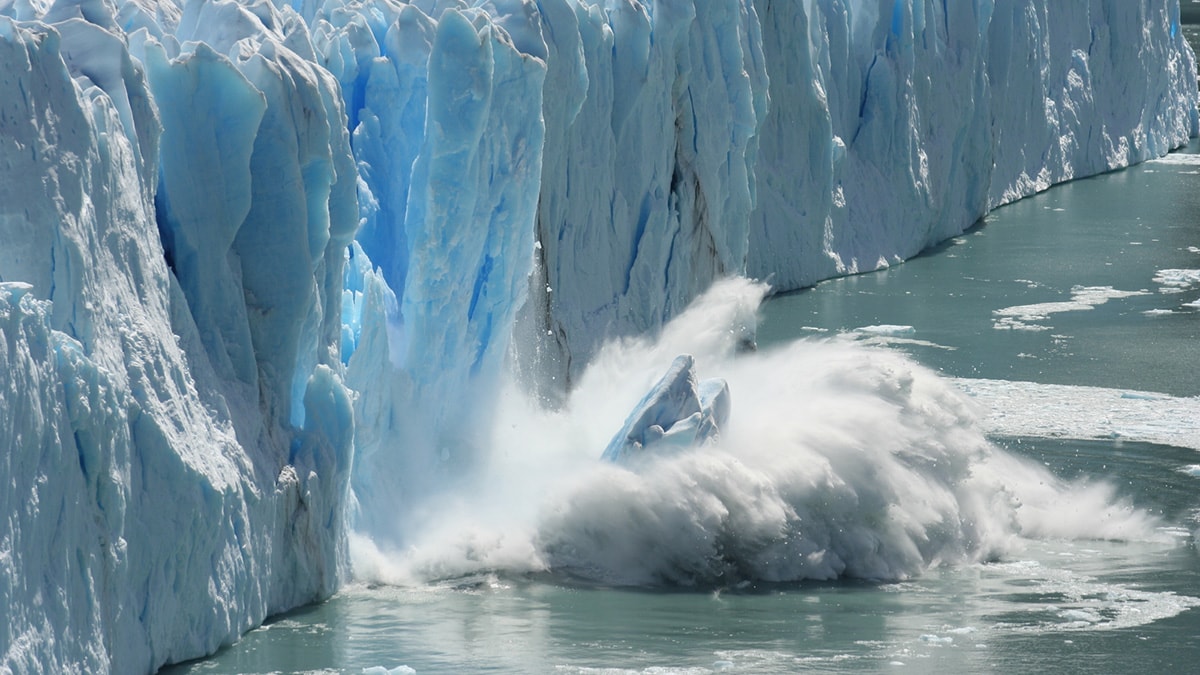

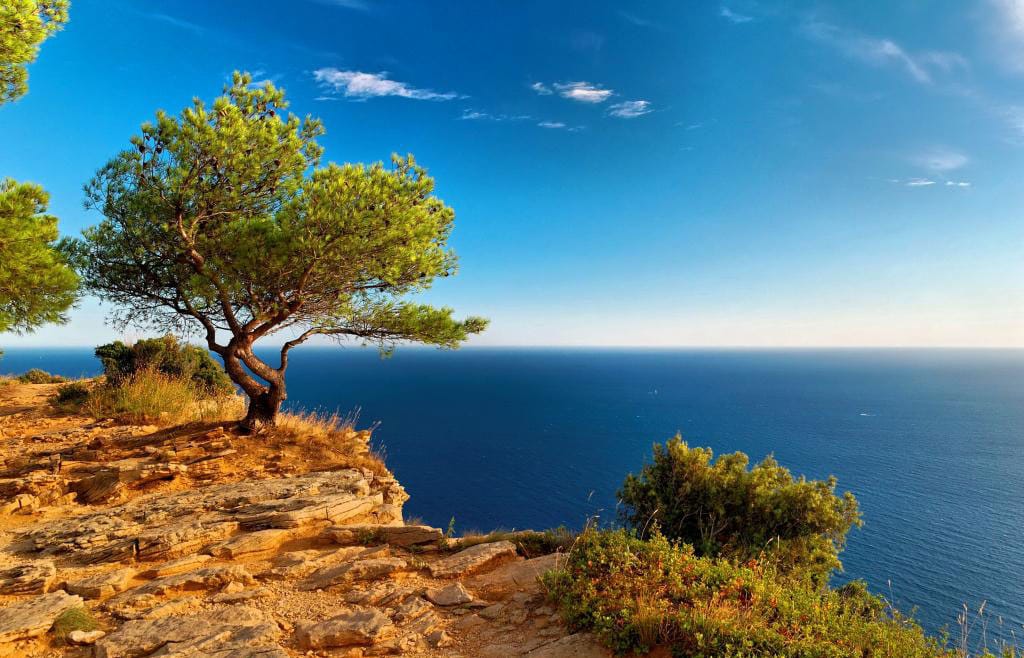
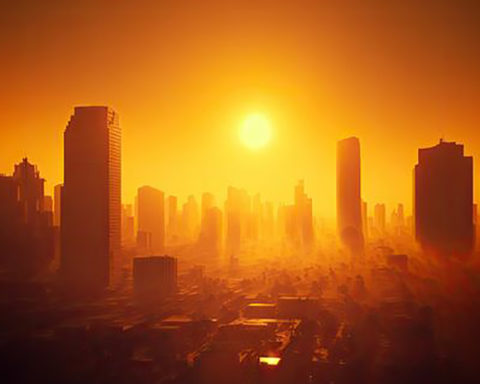
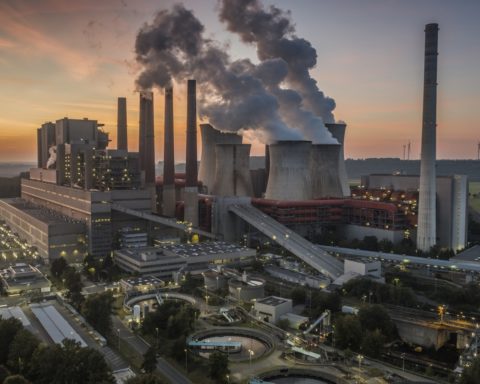

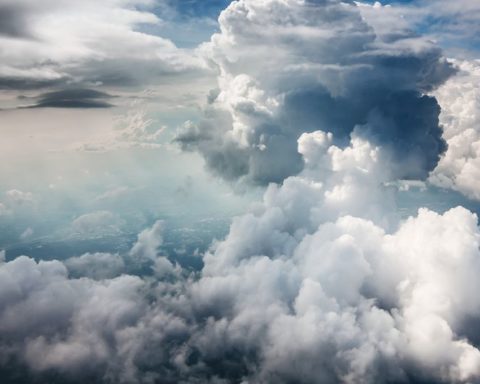





Selon les prédictions d’Al Gore en 2005, pape du réchauffement climatique, qui s’est bien rempli les poches d’ailleurs… le niveau des mers devaient monter de 2 mètres entre 2005 et 2020, il est monté d’une vingtaine de centimètres en moyenne. Dans le même ordre d’idée, à la même époque, des scientifiques parlaient d’une montée des mers de 80 mètres d’ici 2100 ??? 25 mètres maintenant ??? Et alors ? Au lieu de glapir comme des ânes, pourquoi ne pas commencer à construire des programmes de digues et barrages côtiers ? Le tiers des Pays Bas est sous le niveau des… Lire la suite »
c’est marrant, on trouve toujours un(e) réac à la con pour disserter d’un sujet auquel il ne comprend strictement rien. votre monologue tiens plus de l’accumulation d’absurdité et de bétise « ant écolo » que d’un raisonnement viable fondés sur des arguments sensés.
c’est marrant, on trouve toujours un(e) réac à la con pour disserter d’un sujet auquel il ne comprend strictement rien. votre monologue tiens plus de l’accumulation d’absurdité et de bétise « ant écolo » que d’un raisonnement viable fondés sur des arguments sensés.
Selon les prédictions d’Al Gore en 2005, pape du réchauffement climatique, qui s’est bien rempli les poches d’ailleurs… le niveau des mers devaient monter de 2 mètres entre 2005 et 2020, il est monté d’une vingtaine de centimètres en moyenne. Dans le même ordre d’idée, à la même époque, des scientifiques parlaient d’une montée des mers de 80 mètres d’ici 2100 ??? 25 mètres maintenant ??? Et alors ? Au lieu de glapir comme des ânes, pourquoi ne pas commencer à construire des programmes de digues et barrages côtiers ? Le tiers des Pays Bas est sous le niveau des… Lire la suite »
bonjour ce que nous vivons est historique première inquiétude en 1979 notre maison brule et nous sommes en 1919 voir 2020 et qu avons nous fait RIEN,la chine construit 2 usines charbon par mois hallucinant l allemagne proche de chez nous ont arrête le nucléaire pour se remettre au charbon allez comprendre quant aux américains il sont pas prêt a stopper leur v8 c est pour dire que même si on arrêtait les émissions aujourd’hui ça ne suffirait pas perso je vois comme un tsunami dont le point de non retour a été franchie et aujourdhui nous ne recevons que… Lire la suite »